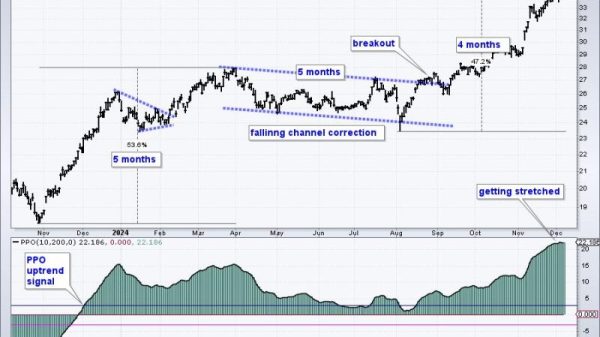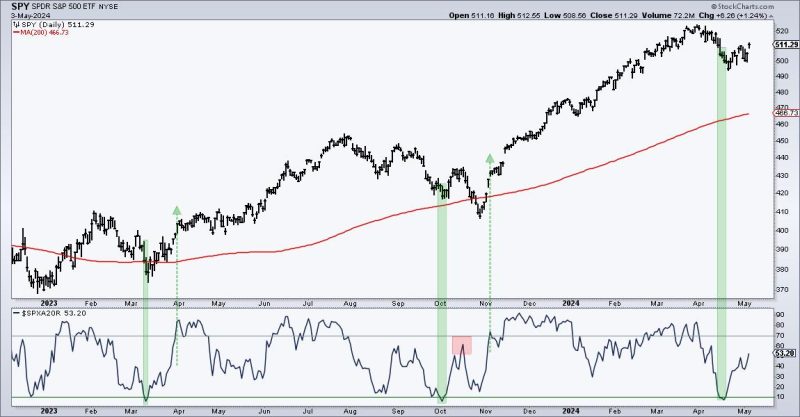In the realm of financial markets, the concept of a dead cat bounce can be both intriguing and confounding. Recent market movements have sparked debate among investors and analysts as to whether a bounce in asset prices was merely a temporary reprieve or the start of a sustained recovery.
The term dead cat bounce originated from the morbid analogy that even a dead cat will bounce if dropped from a great height. In financial terms, it refers to a short-lived rally in asset prices following a sharp decline, often leading investors to believe that the worst is over before the market reverses course and heads back down.
On the contrary, a bounce with legs implies a more sustainable uptrend, backed by positive economic indicators, corporate earnings, or other fundamental factors. It signals a genuine shift in investor sentiment and market dynamics that could lead to a prolonged period of growth or stability.
Assessing whether a bounce is a dead cat bounce or has legs requires a combination of technical analysis, fundamental data, and a deep understanding of market psychology. Technical indicators such as moving averages, support and resistance levels, and trading volume can provide valuable insights into the strength and durability of a bounce.
Fundamental factors, such as economic data, earnings reports, and geopolitical developments, play a crucial role in determining the underlying health of the market and the potential for sustained growth. Positive news and improving fundamentals are more likely to support a bounce with legs, while negative catalysts could fuel a dead cat bounce scenario.
Investor sentiment and market psychology also play a significant role in distinguishing between a temporary bounce and a lasting trend. Fear, greed, and herd mentality can drive short-term price movements, creating false signals that may deceive unsuspecting traders.
In today’s interconnected and volatile markets, distinguishing between a dead cat bounce and a bounce with legs has become increasingly challenging. The rise of algorithmic trading, high-frequency trading, and other technological advancements have accelerated market movements, making it difficult to predict the true direction of asset prices.
As investors navigate through uncertain market conditions, it is essential to maintain a disciplined approach to risk management and decision-making. Diversification, asset allocation, and a long-term investment strategy can help mitigate the impact of short-term market volatility and position portfolios for long-term success.
In conclusion, identifying whether a bounce in asset prices is a dead cat bounce or has legs requires a comprehensive analysis of technical indicators, fundamental data, and market sentiment. While the concept of a dead cat bounce serves as a cautionary tale for investors, a bounce with legs offers hope for sustained growth and prosperity in the financial markets. By staying informed, disciplined, and adaptable, investors can navigate market fluctuations with confidence and resilience.


























